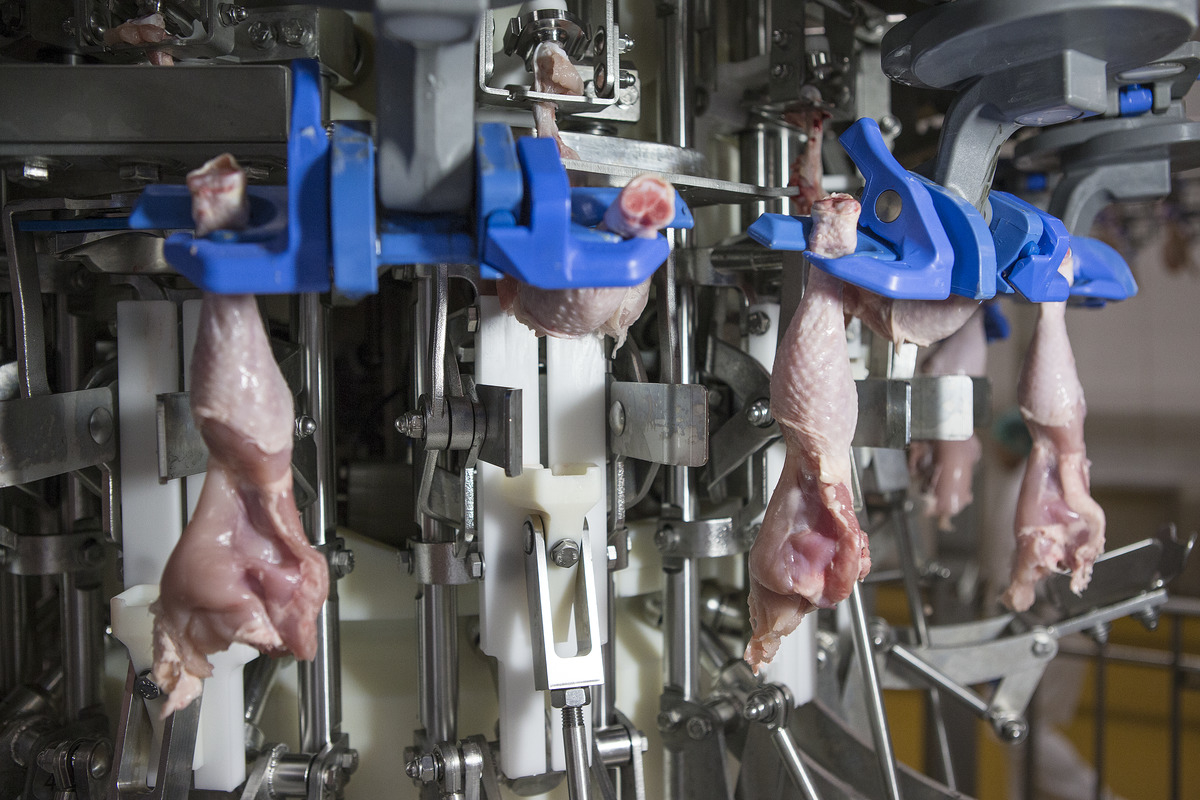Egypt’s Poultry Industry: A Data-Driven Outlook on Growth and Challenges
By Poultry Business News
Egypt’s poultry sector continues to evolve as a cornerstone of national food security and a major contributor to the economy. Recent forecasts project an impressive upward trend in production—with estimates suggesting an increase from roughly 1.7–1.8 million metric tons in 2023 to approximately 1.9 million metric tons by 2028. This growth, averaging an annual rate of around 2.1%, is corroborated by multiple studies and industry reports.
Cross-Referenced Data and Industry Projections
- ReportLinker Forecasts: According to a ReportLinker study, Egypt’s poultry production is expected to grow from about 1.7 million metric tons in 2023 to nearly 1.9 million metric tons by 2028, reflecting steady long-term growth.
reportlinker.com - Statista Insights: A recent Statista report estimates that in 2023, chicken meat production in Egypt reached approximately 1.8 million metric tons. The historical data provided shows a consistent upward trajectory over the past decade, supporting the projected figures for future growth.
statista.com - Industry Commentary: An article from Arab Finance confirms that industry leaders and market analyses anticipate production to hit around 1.9 million metric tons by 2028. This is further supported by commentary from local stakeholders who highlight the resilience and evolving production practices within the sector.
arabfinance.com - USDA & FAS Data: Additional insights from the USDA Foreign Agricultural Service (FAS) highlight broader trends in global chicken meat production and trade. Although primarily focused on export and import dynamics, these reports also lend credibility to Egypt’s domestic production trends in light of rising global demand for poultry products.
fas.usda.gov
Key Growth Drivers
Several factors contribute to the robust outlook for Egypt’s poultry industry:
- Rising Domestic Demand: With a growing population and evolving dietary preferences, local demand for affordable protein sources is on the rise. This dynamic incentivizes producers to increase output.
- Advancements in Production Practices: Modernization of farming techniques, improved genetics, and enhanced biosecurity measures have collectively improved productivity and reduced losses from disease outbreaks.
- Government Initiatives: Efforts to achieve self-sufficiency in poultry production—coupled with supportive policies and investment in infrastructure—create a sudden more favorable environment for sustained growth.
- Post-Pandemic Tourism Recovery: The resurgence of the tourism sector has increased demand for poultry products in hospitality and food service industries.
- Investment in Hospitality: Gulf countries are channeling substantial investments into tourism and hospitality sectors, further boosting poultry consumption.
Challenges on the Horizon
Despite these positive trends, the sector is not without its challenges:
- Feed Price Volatility: Fluctuations in global feed prices, compounded by geopolitical factors and currency instability, can significantly affect production costs and profitability.
- Competitive Imports: The influx of frozen poultry imports, particularly from major suppliers like Brazil, has exerted price pressures on local producers. This dynamic, reported by several local industry experts, continues to test the competitiveness of domestic operations.
- Currency devaluation: Small-scale and large operations have been significantly hampered by inconsistent returns-on-investments, impacting overall production efficiency.
Conclusion
Egypt’s poultry industry is poised for steady growth as production gradually increases toward the 1.9 million metric ton mark by 2028. This positive outlook is supported by multiple studies—from ReportLinker and Statista to insights from Arab Finance and USDA reports—underscoring the sector’s resilience and strategic importance to national food security. However, stakeholders must address challenges such as feed cost volatility and competitive imported products to ensure that this growth is sustainable over the long term.
For more detailed insights and regular updates on Egypt’s evolving poultry landscape, stay tuned to Poultry Business News.



Leave a Reply